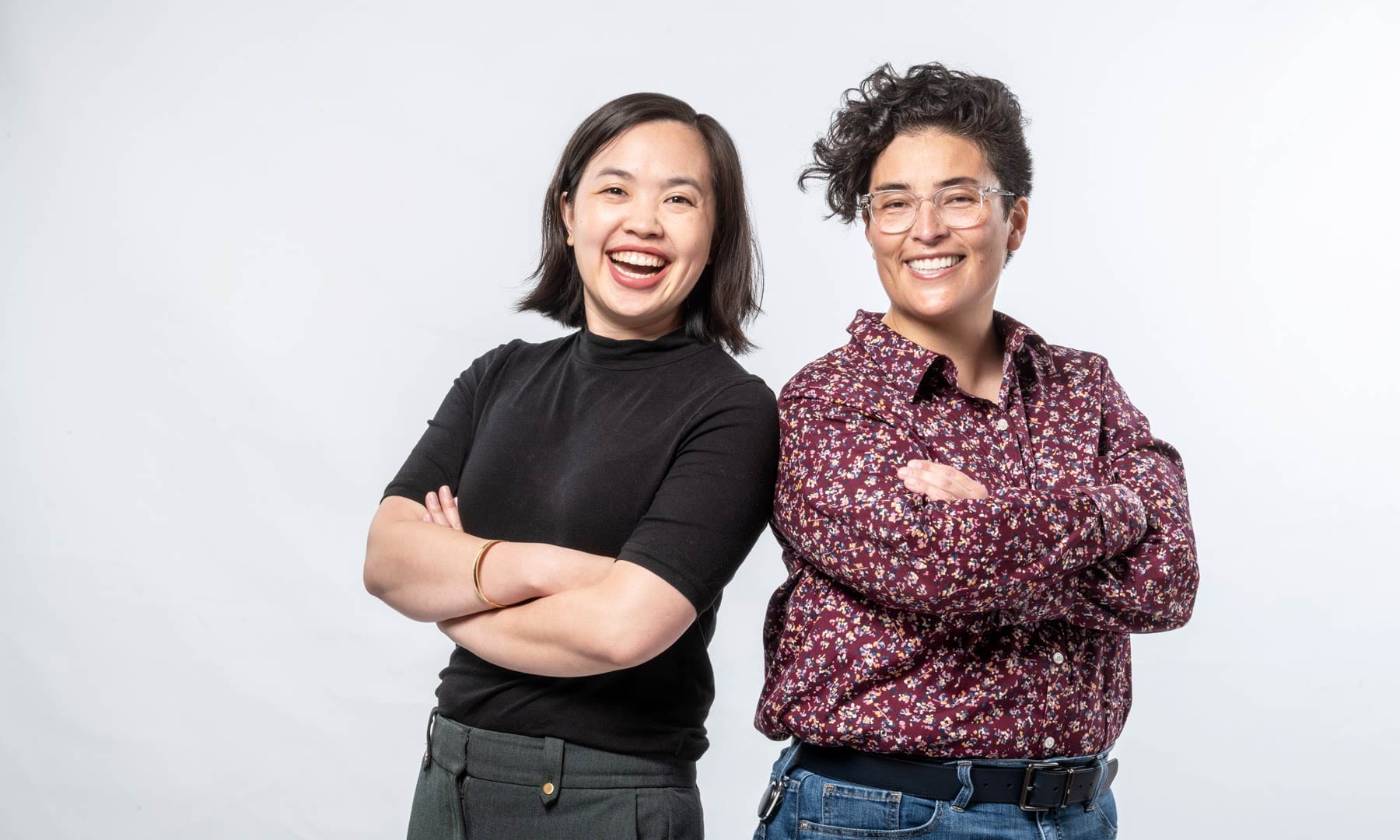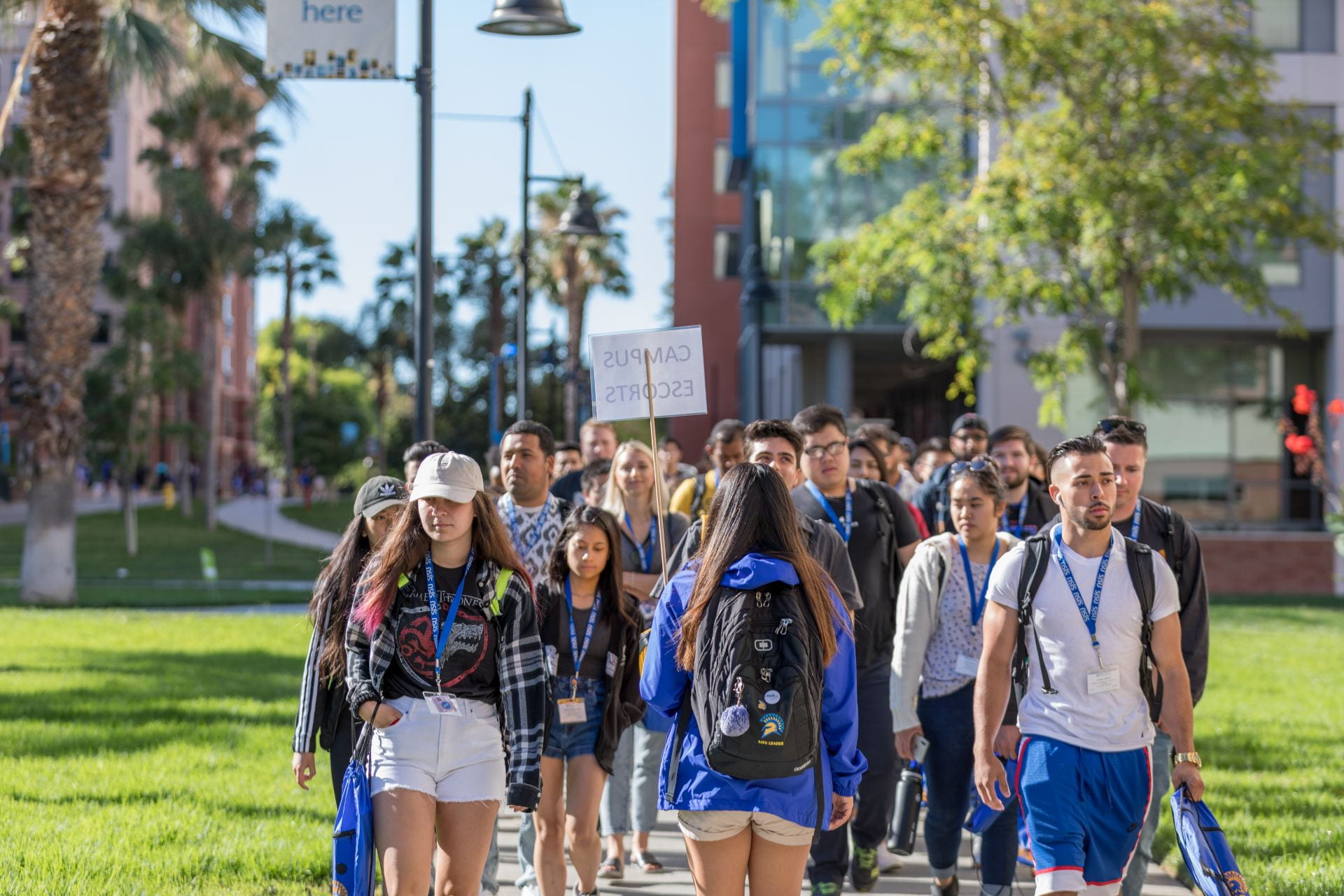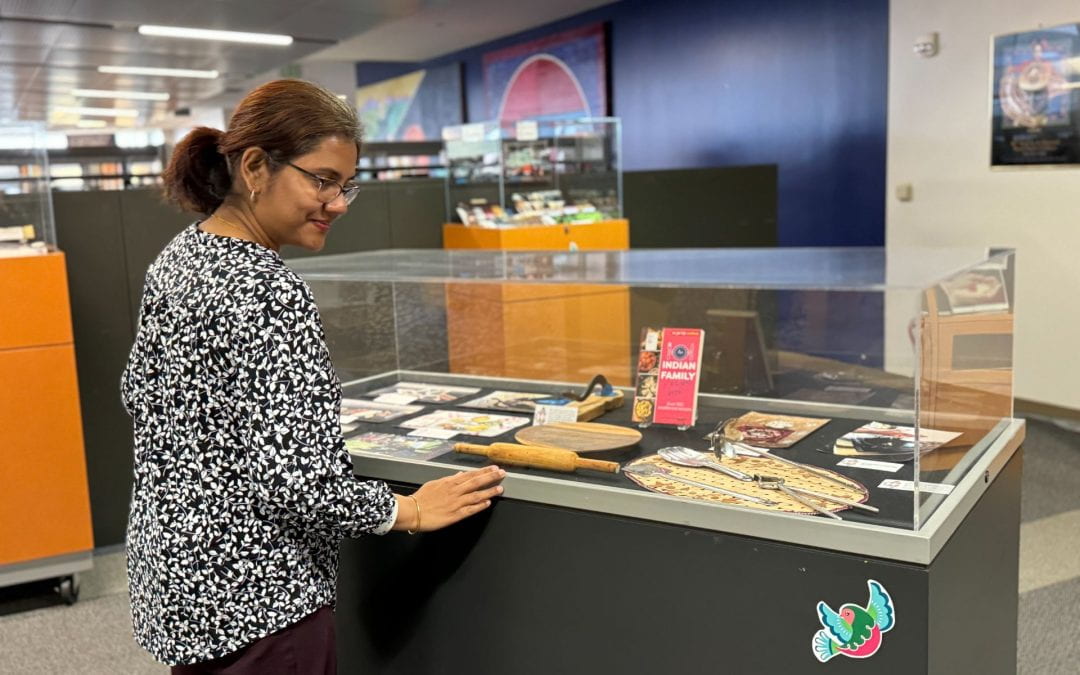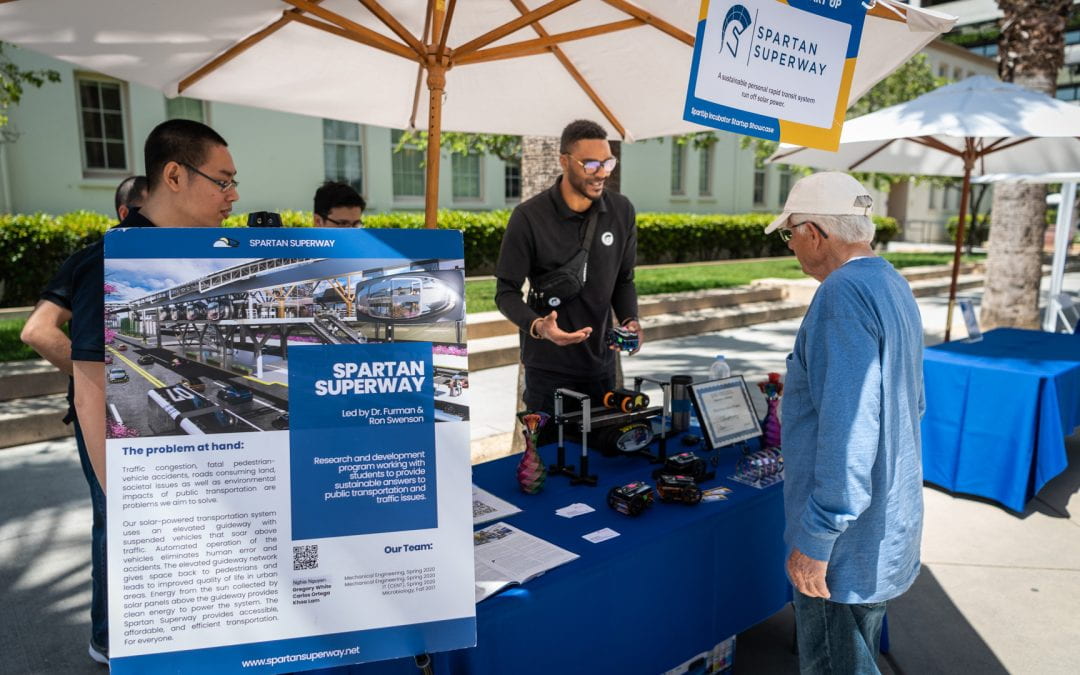Gina Quan Receives $1.4 Million NSF Grant to Study Transfer Advocacy Groups in Physics

SJSU Assistant Professor of Astronomy and Physics Gina Quan (left) and Physics Lecturer Annie Chase, ’17 MS Physics, are collaborating on an NSF-funded project to support transfer students of color in their department. Photo by Robert C. Bain.
This April, San José State University Assistant Professor of Physics Gina Quan received a $1.4 million grant from the National Science Foundation’s Racial Equity in STEM Education program to fund the project “Transfer Advocacy Groups: Transforming Culture to Support Transfer Students of Color in Undergraduate Physics.”
The proposal, a partnership between San José State and Michigan State University, intends to support students of color transferring from community college in STEM fields by creating student-driven transfer advocacy groups (TAGs) to engage in university-wide institutional change.
“When I came to SJSU, I noticed that a huge number of our physics majors were transfer students,” said Quan. “Being a minority-serving institution in two ways — both as an Hispanic-Serving Institution and an Asian American and Native American Pacific Islander-Serving Institution (AANAPISI), I think understanding and supporting students of color is part of our institutional mission, and it’s part of my personal mission.”
By establishing teams of 8-10 transfer students, faculty, and staff in TAGs, Quan and her collaborators endeavor to empower students to investigate cultural change at the department level. She and project coordinator, Physics Lecturer Annie Chase, ’17 MS Physics, plan to document how TAGs enact change with the goal of providing practitioner-focused best practice guides and podcasts for those engaged in programmatic efforts to support transfer students.
“I’d love to understand how students develop as leaders. It’s a really beautiful process,” she said. “They are so thoughtful in the ways that they think about equity and reflect upon structures in higher education.”
Quan added that although 45% of students enrolled in community colleges are students of color, white students tend to transfer to bachelor’s granting institutions at higher rates. She hopes this study will address the racialized aspect of transferring by centering the experiences of transfer students of color.
“All of Gina’s work, her research, her service and her teaching, centers students by design,” said Cassandra Paul, associate professor of physics and astronomy and science education, who has collaborated with Quan on several projects. “In her research projects, she brings students in as partners, valuing their individual perspectives. This is something she is passionate about, and also something to be commended as it takes a lot of time, effort and skill to mentor students in a way that allows students to feel they are collaborative partners with a professor.”
Creating community

Student orientation programs are just one way to support transfer students as they begin their career as Spartans. Quan hopes that TAGs offer support to transfer students of color in the physics department. Photo by David Schmitz.
Quan’s belief in empowering student leaders stems from her own experience as an undergraduate physics major at UC Berkeley. As a member of the second cohort of the Compass Project, a student-led organization that offered resources to students often underrepresented in physical sciences, she connected with peers in STEM fields who later became professional colleagues and collaborators.
As a graduate student at the University of Maryland, College Park, Quan recognized that many similar organizations thrived at colleges across the country, and so she partnered with a few Compass Project alumni and others to create the Access Network, an NSF-funded research-practice community dedicated to fostering community and supporting diversity efforts in undergraduate physical science programs.
“I think the norm in higher education is for faculty and staff to make decisions for students,” she said. “But one of the things that makes Access special is that we embrace authentic student leadership. When I co-founded Access, I was still a student, but now as a faculty member who mentors students, I feel like the role of faculty is to collaborate with students to help their vision become an active one.”
Quan took these ideas one step further during her postdoc at the University of Colorado, Boulder, where she focused on institutional change at the department level, pondering “how do university STEM departments implement curricular or cultural transformation?”
Whether focusing on cultural change at the department or college level, Quan hopes that lessons learned from their pilot program at SJSU and Michigan State could be applied to other departments and colleges.
This work is “exciting and scary, because we haven’t done this before,” she added. “When we started ideating for this grant, which is focused on racial equity, we decided to dream big. What do we think will make meaningful change?”
Time will tell, as she and her collaborators plan to launch the first TAGs in the next academic year.
Learn more about Gina Quan’s physics education research.




